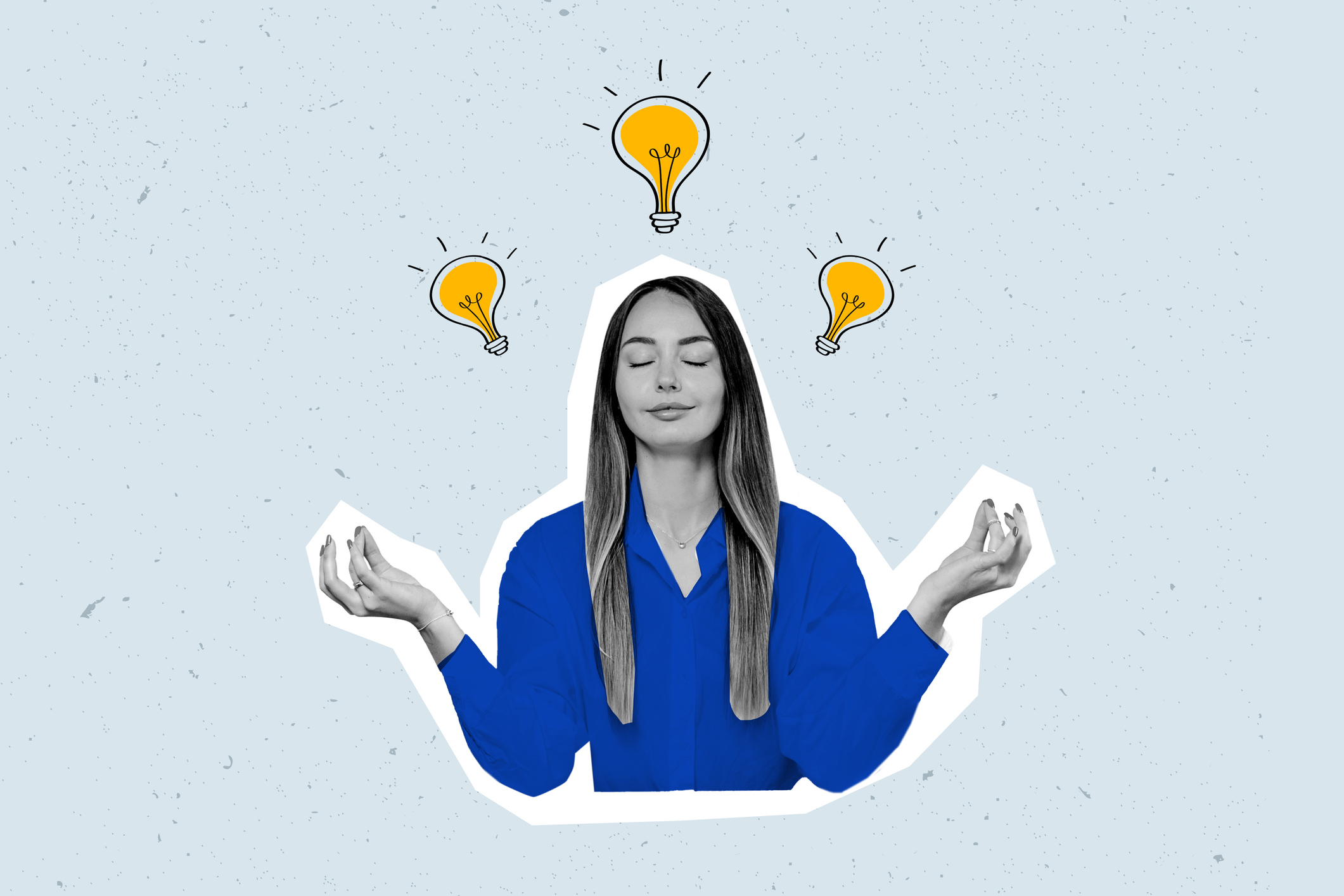Understanding Schön’s reflection model
Understanding Schön’s reflection model
5 minutes

When you’re doing something, sometimes you unconsciously think about what you’re doing and how you can do it better or faster. This kind of thinking doesn’t have to be planned or intentional; it often happens on its own while you are doing something. Most of the time, you’re not even aware that you’re thinking about it; it happens spontaneously as you engage with the task. This is what reflective thinking is about.
Donald Schön’s reflection model serves as a foundation for reflection, introducing a crucial distinction between reflection that occurs during an event and reflection that takes place afterward. By using this model, individuals can examine their immediate actions during an event as well as consider alternative actions that could have been more effective in handling the situation.
This reflection model focuses on three main ideas: knowing-in-action, reflecting-in-action, and reflecting-on-action. Let’s discuss these concepts in detail below.
Knowing-in-action means doing something based on what you’ve learned before, without having to think about it. This type of practice is automatic, using knowledge you’ve gained from experience. For example, when you ride a bike, you just know how to do it because of your past experiences. It’s like muscle memory, you just know what to do without even thinking about it.
In the professional setting, knowing-in-action happens when leaders act in a certain way in at work without consciously thinking about it. This behaviour is learned through experience. Over time, as you gain more experience, you develop a kind of instinctive understanding that lets you behave thoughtfully without needing to think it through every time.
Reflection-in-action happens when you reflect while doing the action. This involves having the ability to think on your feet, adapting to new situations and solving problems as they arise. This occurs subconsciously during the action itself.
For example, if a problem arises in the team, as a leader, you need to quickly reflect on how to handle the situation. It usually involves making adjustments and decisions on the spot, while the action is taking place.
The third type of reflection happens after an event or action. It involves thinking back to the events to understand what happened, why it happened, and how it could be done better in the future. It means reviewing your actions, decisions, and outcomes after the fact.
For instance, after completing a task, you might reflect on how it went, how the team could have planned it better, what went well, and how the team can improve next time. This reflection process is like a cycle because it is a conscious process where you think back on your actions after the event to analyse and learn from your experiences. It involves deliberate and thoughtful consideration of what happened and why.
In a way, this can also be considered as “Reflection-for-action” because you are using your reflection for your past actions as a guide to improve future performance.
Schön’s model fosters a habit of continuous learning and adaptation, allowing professionals to learn from their experiences and apply these lessons to future situations. By thinking. Subconscious reflection allows you to respond more effectively to unexpected challenges by drawing on your intuitive knowledge and experience while conscious reflection aids in identifying areas for improvement and professional growth, contributing to ongoing development and competence.
Hellomonday